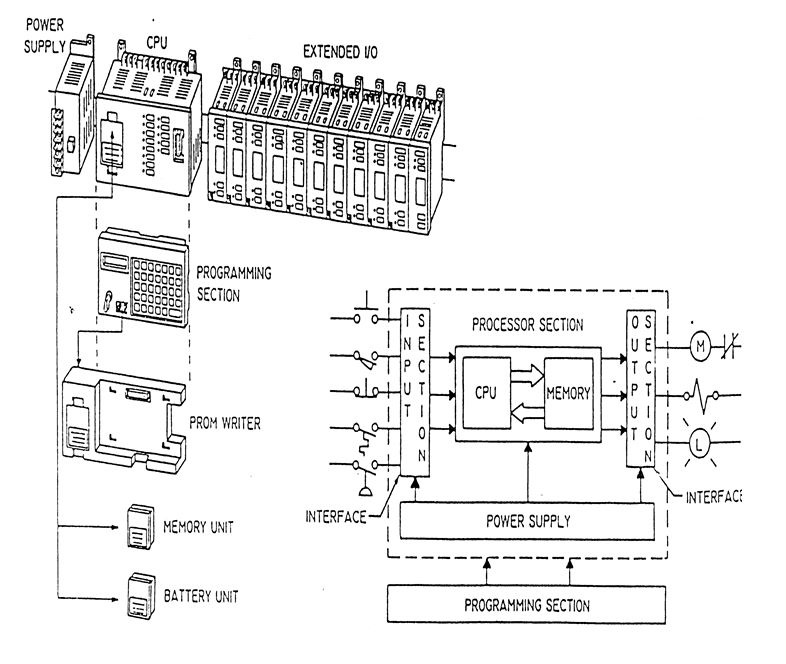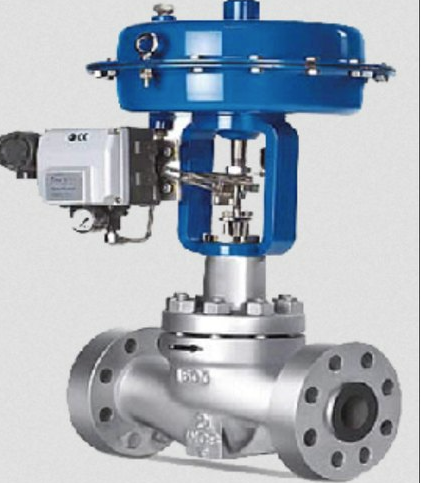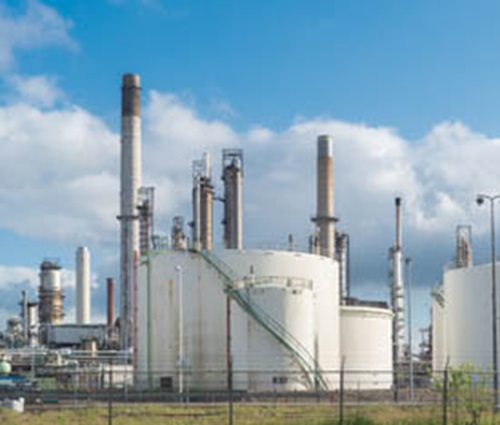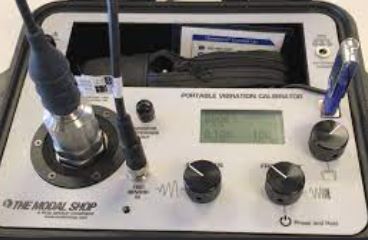pressure measurement in the oil and gas industry,Pressure measurement is crucial for the oil and gas industry, as it helps in maintaining safety and monitoring equipment and piping. Different types of pressure devices, such as Bourdon tubes, bellows sensors, diaphragm sensors, resonant-wire sensors, strain-gauge pressure sensors, and capacitance pressure sensors, are used to measure operating pressures and generate output signals. Bourdon tubes are metal tubes with a flattened circular cross section bent into a C-shape, Spiral, or Helix. Bellows sensors are axially flexible cylindrical enclosures with folded sides that extend axially when pressure is applied. Diaphragm sensors are thin, flexible disks held in place to be axially flexible. Resonant-wire sensors are used in electronic pressure transmitters, while strain-gauge pressure sensors convert resistance into a 4-20 mA signal proportional to the pressure. Capacitance pressure sensors operate on the principle that the change in capacitance resulting from the movement of an elastic element is proportional to the pressure applied to the elastic element.
Spring-loaded piston sensors are used in pneumatic and electric pressure switches, with heavy-duty options for high-pressure and low-pressure sensors. To protect the sensor, diaphragm seals, siphons, throttling screws, and pressure snubbers are used. These devices isolate the sensor from process fluids, act as pulsation dampeners, and provide flow restrictions.
























